Discover expert tips for caring for the exotic Licuala grandis (ruffled fan palm) like a pro. This comprehensive guide covers potting, lighting, watering, temperature, humidity, fertilizing, pruning, pest control, repotting, and propagation. Master the art of growing this gorgeous tropical palm indoors or outdoors with ease.
The Licuala grandis, also known as the ruffled fan palm or vanuatu fan palm, is a gorgeous tropical plant that can add a touch of exotic beauty to any indoor or outdoor space. With its unique ruffled leaves and compact size, it’s a popular choice for homes, offices, and gardens. However, caring for this palm can be a bit tricky, especially if you’re new to plant parenthood. Don’t worry, though – we’ve got you covered with this comprehensive guide on how to care for your Licuala grandis like a pro.
Understanding the Licuala Grandis

Before we dive into the care tips, let’s first get to know this fascinating plant a little better. The Licuala grandis is a type of fan palm native to the Pacific islands of Vanuatu. It’s part of the Arecaceae (palm) family and is known for its unique, circular leaves that resemble ruffled fans – hence the name “ruffled fan palm.”
One of the reasons why the Licuala grandis is so popular is its compact size. Unlike many other palm varieties that can grow to towering heights, this little guy typically maxes out at around 6 feet tall and 4 feet wide, making it an excellent choice for indoor spaces or smaller outdoor gardens.
Potting and Soil Requirements
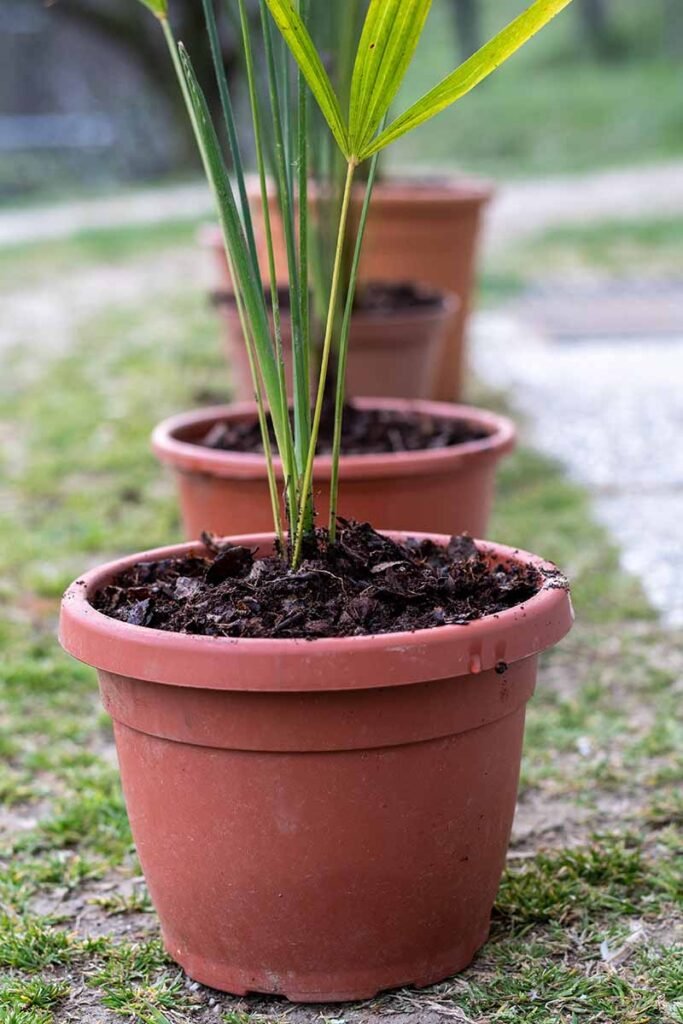
When it comes to potting your Licuala grandis, choosing the right soil is crucial. These palms thrive in a well-draining, nutrient-rich potting mix specifically formulated for palms or tropical plants. You can find these mixes at most garden centers or online retailers.
If you’re potting your Licuala grandis indoors, choose a pot with ample drainage holes to prevent waterlogged soil, which can lead to root rot. Outdoors, ensure the plant is situated in an area with excellent drainage to avoid standing water.
Lighting Needs
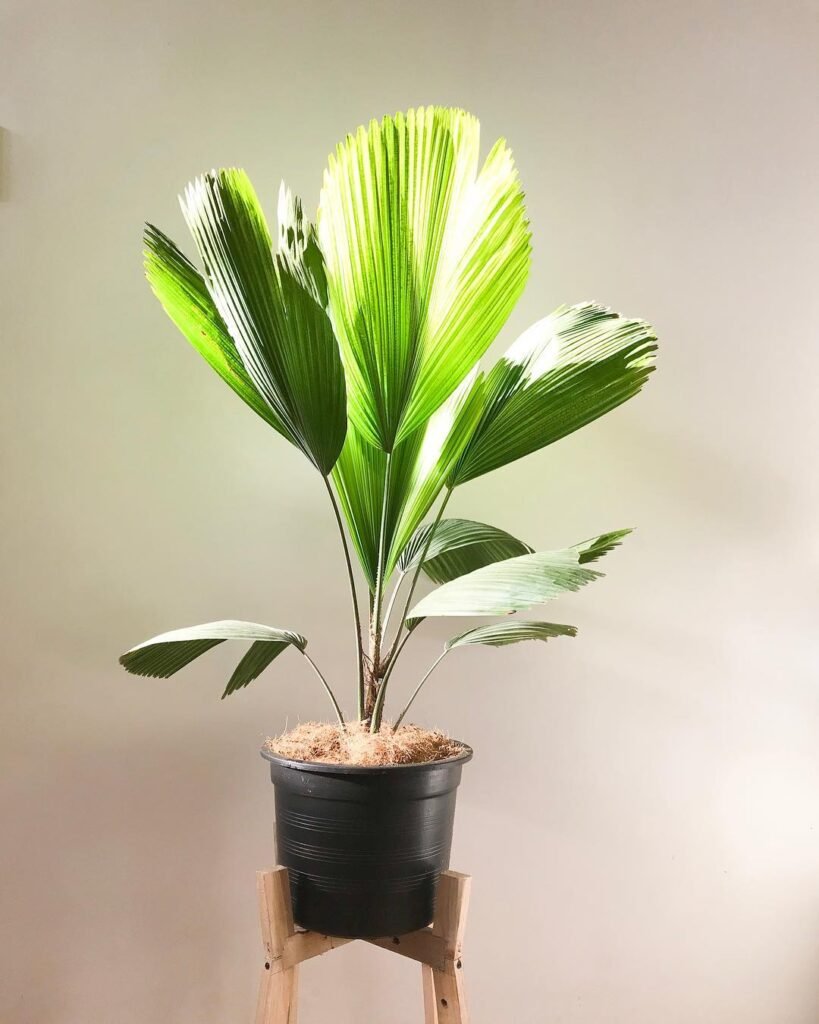
Like most tropical plants, the Licuala grandis loves bright, indirect light. In their natural habitat, these palms grow under the dappled shade of taller trees, so they’re used to filtered sunlight.
If you’re keeping your ruffled fan palm indoors, place it near an east or west-facing window that receives plenty of bright, indirect light throughout the day. Avoid direct sunlight, as this can scorch the delicate leaves.
Outdoor plants can tolerate more direct sun, but it’s best to provide them with some afternoon shade, especially in hot, sunny climates.
Watering Techniques
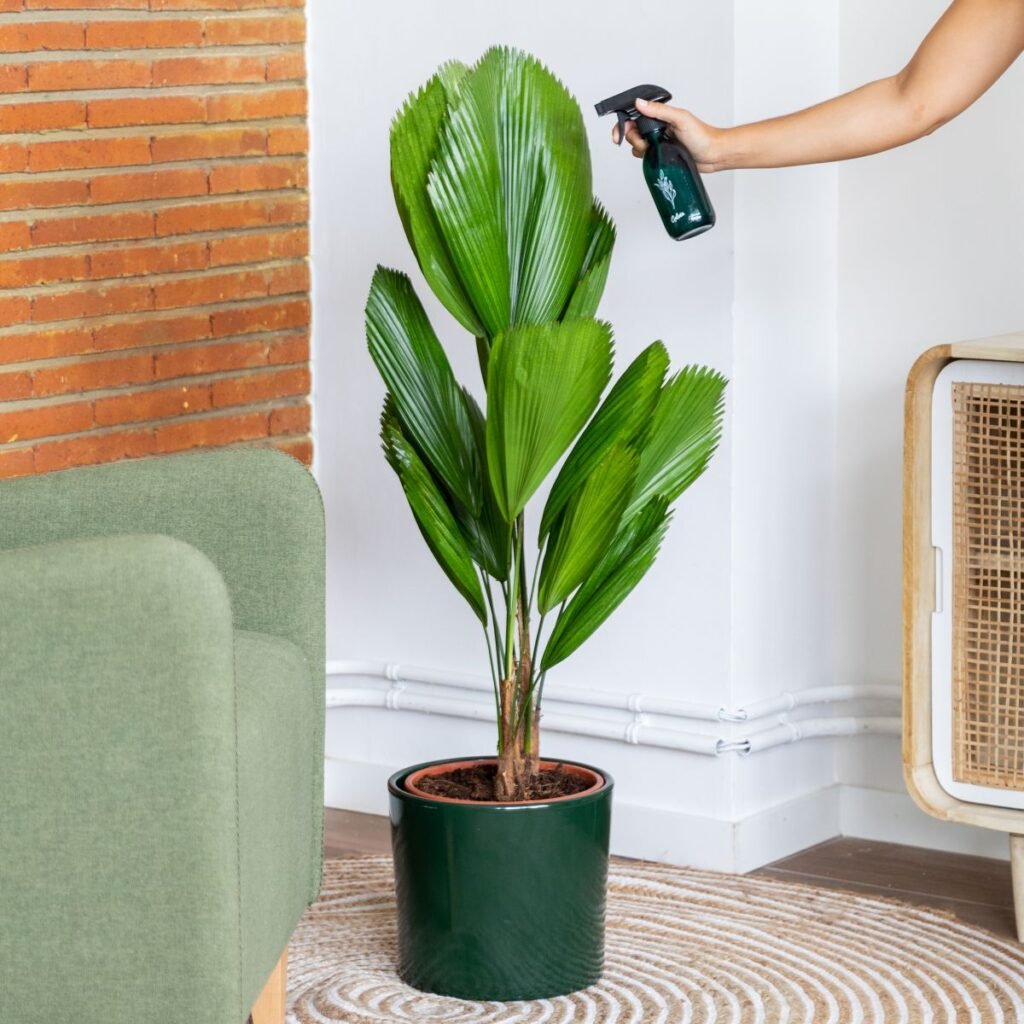
Proper watering is key to keeping your Licuala grandis healthy and happy. These palms prefer consistently moist (but not waterlogged) soil, so it’s essential to strike the right balance.
During the growing season (spring and summer), aim to water your ruffled fan palm whenever the top inch or two of soil feels dry to the touch. Water slowly and deeply until you see moisture draining from the bottom of the pot or soil surface.
In the winter months, when growth slows down, you can reduce watering slightly, but don’t let the soil dry out completely.
One helpful tip: Place a saucer or tray under your potted Licuala grandis and allow it to sit in the drained water for about an hour before discarding any excess moisture. This helps ensure the soil stays evenly moist without becoming waterlogged.
Temperature and Humidity

As a tropical plant, the Licuala grandis thrives in warm, humid conditions. Ideally, aim to keep your plant in temperatures ranging from 65°F to 85°F (18°C to 29°C).
If you’re growing your ruffled fan palm indoors, you may need to supplement the humidity levels, especially during the drier winter months. You can do this by:
- Placing a pebble tray under the pot
- Using a humidifier in the room
- Misting the leaves regularly with a spray bottle
Outdoor plants typically receive enough humidity from the natural environment, but you may need to provide some extra moisture during particularly dry spells.
Fertilizing for Lush Growth
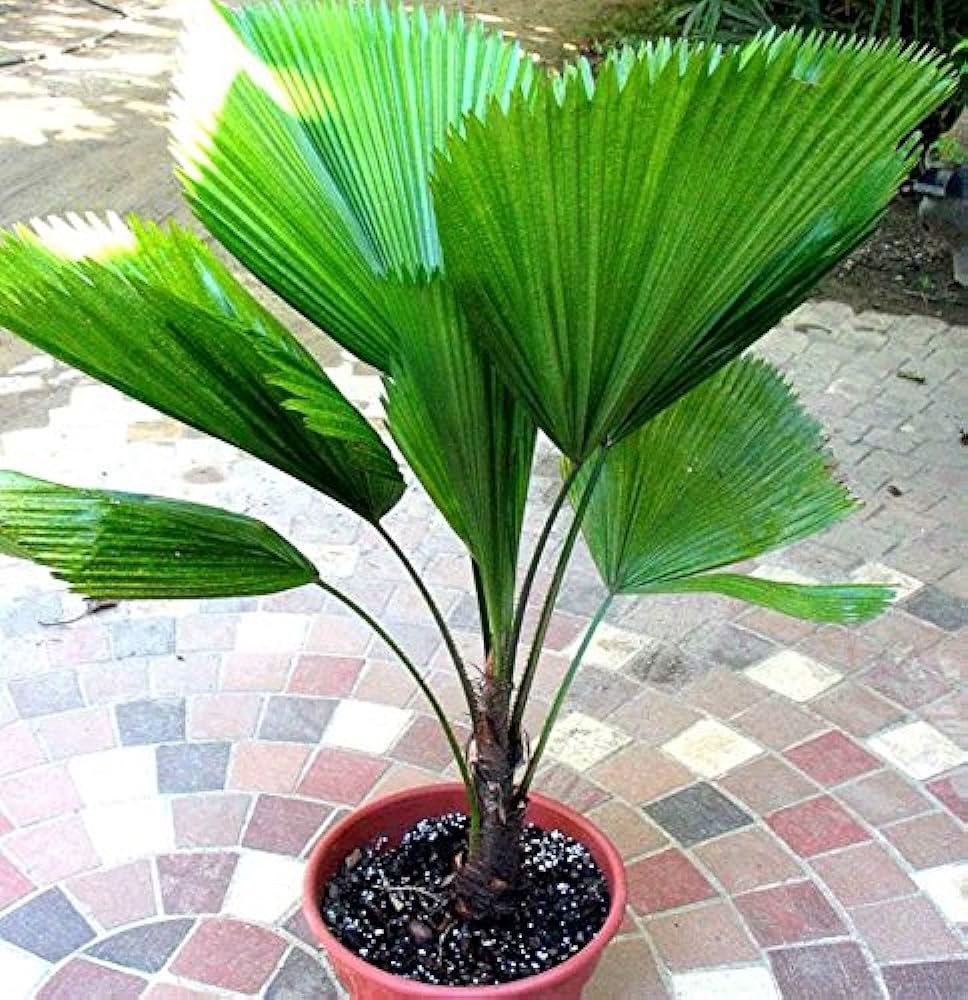
To encourage lush, vibrant growth, it’s important to fertilize your Licuala grandis regularly. Look for a balanced, slow-release fertilizer formulated for palms or tropical plants.
During the growing season (spring and summer), feed your plant every six to eight weeks, following the instructions on the fertilizer packaging. In the winter months, you can reduce fertilizing to once every two or three months.
Pruning and Maintenance
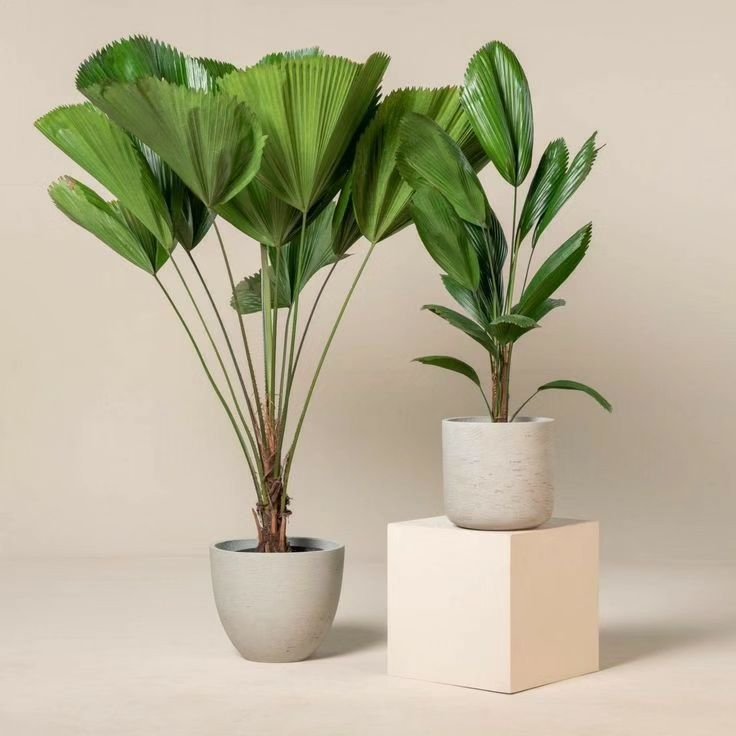
One of the best things about the Licuala grandis is that it requires minimal pruning and maintenance. As the plant matures, you may notice some of the older, lower leaves turning yellow or brown – this is perfectly normal.
To keep your ruffled fan palm looking its best, simply prune away any discolored or damaged leaves using clean, sharp pruners or scissors. Make your cuts as close to the main stem as possible, being careful not to damage the healthy growth.
It’s also a good idea to occasionally wipe down the leaves with a damp cloth to remove any accumulated dust or debris. This will help keep your plant looking fresh and vibrant.
Pest and Disease Control
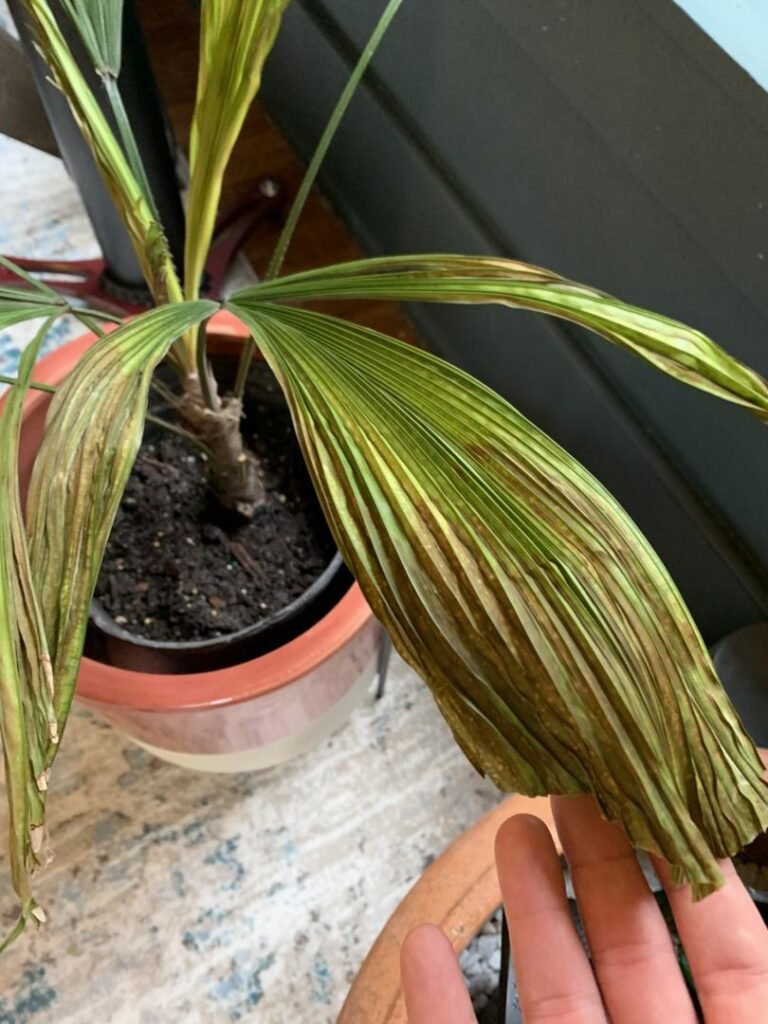
While the Licuala grandis is generally quite hardy, it can still fall victim to common houseplant pests and diseases. Keep an eye out for issues like:
- Spider mites: These tiny pests can cause yellowing, stippling, and webbing on the leaves. Combat them with insecticidal soap or neem oil.
- Mealybugs: These cottony insects can infest the undersides of leaves and stems. Use a cotton swab dipped in rubbing alcohol to remove them.
- Root rot: Caused by overwatering or poor drainage, root rot can lead to wilting, yellowing, and eventual plant death. Adjust your watering schedule and ensure proper drainage.
Catching issues early and addressing them promptly is key to keeping your Licuala grandis healthy and thriving.
Repotting and Propagation
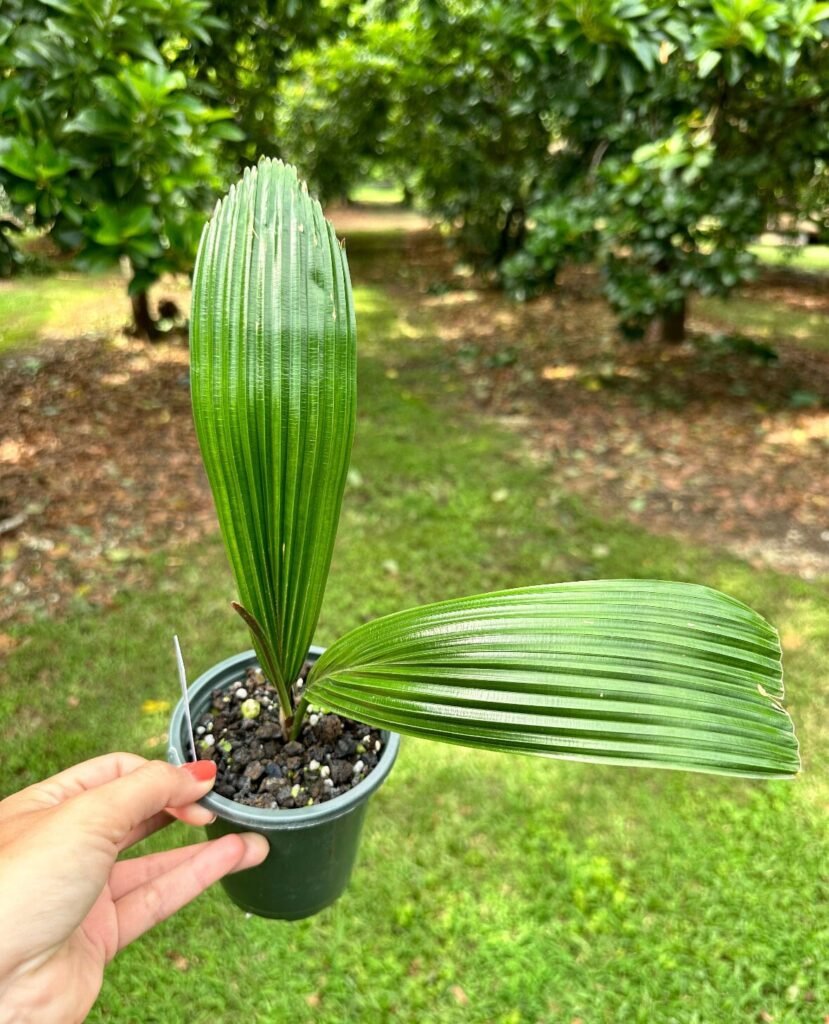
As your ruffled fan palm grows, it will eventually outgrow its current pot and require repotting. Generally, you’ll want to repot your plant every two to three years, or when you notice the roots becoming pot-bound.
When repotting, choose a pot that’s only one or two inches wider than the previous container, as Licuala grandis prefer to be slightly pot-bound. Use a fresh, well-draining potting mix, and be gentle when handling the roots to avoid damage.
If you’d like to propagate your Licuala grandis, the easiest method is through division. During the repotting process, you can carefully separate the plant into two or more sections, each with its own set of roots and stems. Plant these divisions in their own pots, and voila – you’ve got new ruffled fan palms!
Where to Find Licuala Grandis
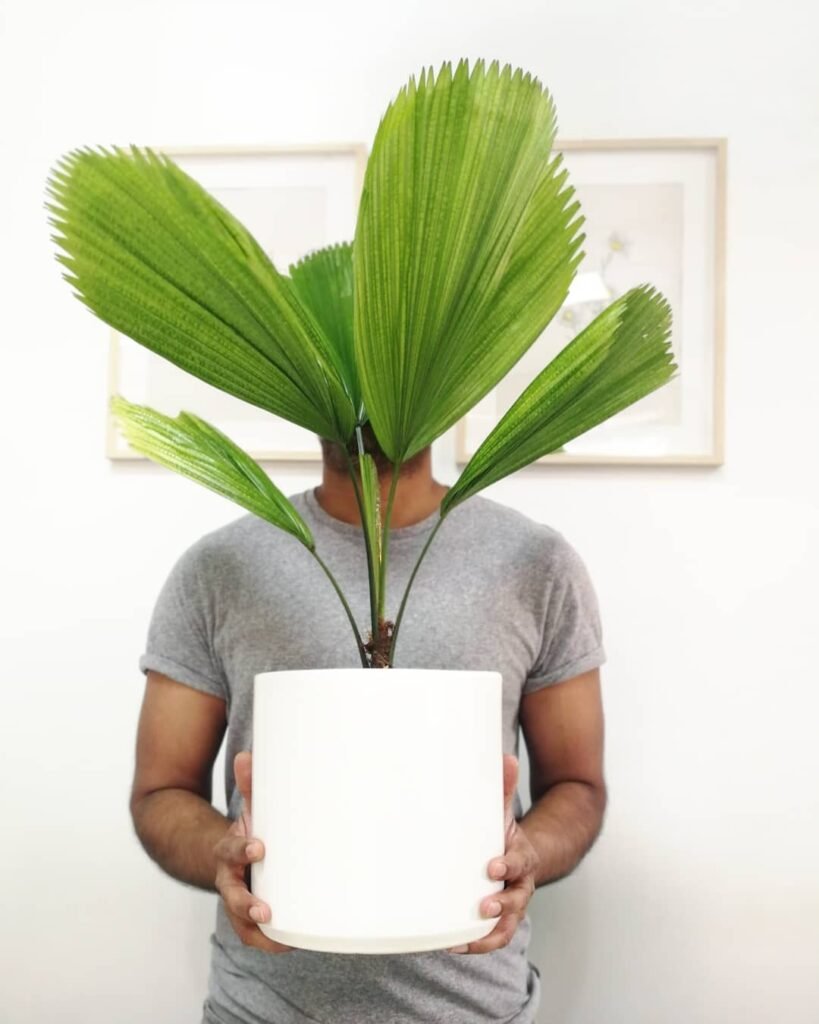
Now that you’re equipped with all the knowledge you need to care for your Licuala grandis like a pro, you might be wondering where to find one of these beautiful plants.
While they’re not as commonly found as some other palm varieties, Licuala grandis are becoming increasingly popular and can often be sourced from:
- Local nurseries or garden centers (especially those specializing in tropical plants)
- Online plant retailers (such as Logee’s Plants, Costa Farms, and Hirt’s Gardens)
- Specialty palm nurseries or growers
When purchasing your Licuala grandis, look for a healthy, compact plant with lush, ruffled leaves and no signs of pests or disease. It’s also a good idea to inspect the roots, if possible, to ensure they’re not pot-bound or damaged.
With the right care and attention, your ruffled fan palm can thrive for years, adding a touch of tropical beauty to your indoor or outdoor space.
Licuala Grandis Care Summary
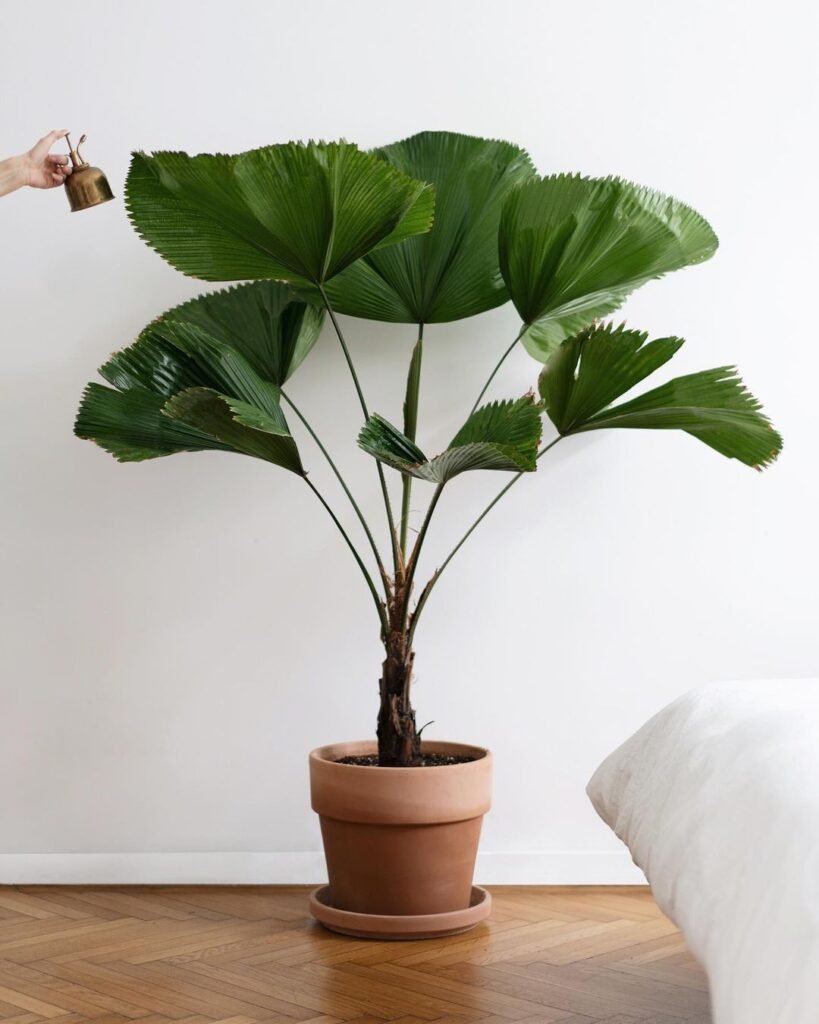
To wrap things up, here’s a quick summary of the key care tips for your Licuala grandis (ruffled fan palm):
- Potting: Use a well-draining, nutrient-rich potting mix formulated for palms or tropical plants.
- Light: Provide bright, indirect light. Avoid direct sunlight, which can scorch the leaves.
- Water: Keep the soil consistently moist but not waterlogged. Water deeply when the top inch or two of soil is dry.
- Temperature: Aim for 65°F to 85°F (18°C to 29°C).
- Humidity: Supplement humidity with pebble trays, humidifiers, or misting, especially indoors.
- Fertilizer: Use a balanced, slow-release fertilizer for palms or tropicals every six to eight weeks during the growing season.
- Pruning: Remove any discolored or damaged leaves as needed.
- Pests and Diseases: Watch out for spider mites, mealybugs, and root rot, and address issues promptly.
- Repotting: Repot every two to three years or when the plant becomes pot-bound.
- Propagation: Divide the plant during repotting to create new ruffled fan palms.
By following these simple care guidelines, you’ll be well on your way to becoming a Licuala grandis pro! With its unique ruffled leaves and compact size, this tropical beauty is sure to be a showstopper in any home or garden.
Pingback: How to Care for Licuala Grandis (Ruffled Fan Pa...
Pingback: The Best Potted Palm Trees For Outdoors (With Pictures) -